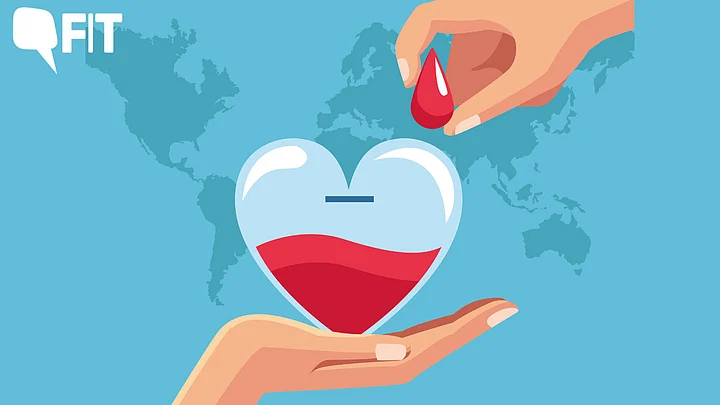At least one-fourth of the population worldwide is estimated to be anaemic, with cases increasing rapidly for women, expectant mothers, young girls, and children younger than five years of age, revealed the latest Lancet study, spanning over the last three decades.
The big points:
Nearly two billion people globally had anaemia in 2021.
This was an increase of 420 million cases over the past three decades.
The largest decrease towards 'less severe' anaemia was seen in adult males.
Researchers' PoV:
Published in The Lancet Haematology on 1 August, the study was conducted by the Institute for Health Metrics and Evaluation (IHME), based in Seattle.
“From this 30-year study, we know the global picture around anaemia has improved, but there are still wide disparities when you narrow the focus on geography, gender, and age,” says Dr Nick Kassebaum, senior author of the study, head of IHME’s Neonatal and Child Health team, and Professor of Anaesthesiology at the University of Washington.
But, mind the gap:
The study shows 31.2 percent of women had anaemia compared with 17.5 percent of men. The gender difference was more pronounced during the reproductive years (ages 15–49). Here:
Prevalence in women was 33.7 percent versus 11.3 percent in men.
"This is a nuanced situation that revolves around access to nutrition, socio-economic status, unmet need for contraception, and the ability to identify and treat underlying causes of anaemia... This speaks to the need for a shift to multi-sectoral approaches and improved cultural awareness to make sure women and children are not left behind,” Will Gardner, researcher at IHME and lead author of the paper, said.
The main causes:
Inadequate intake of iron may be the single-most common cause of anaemia, but it is not the only driver:
Gynaecological disorders and maternal haemorrhage are important contributors among women of reproductive age.
For children younger than five years of age, haemoglobinopathies, other infectious diseases like HIV/AIDS, and malaria were also important contributors.
“Anaemia plays out differently depending on the group that’s struggling with the condition. For children, anaemia can impact brain development and cognition, so early treatment and management are crucial. This might mean accessing high-quality, nutrient-rich foods, and/or receiving treatment for parasitic infections and malaria,” says Dr Theresa McHugh, scientific writer at IHME who focuses on neonatal and child health.
Past Lancet studies have also linked increased rates of anxiety, depression, higher rates of preterm labor, postpartum haemorrhage, low birthweight, and short gestation, as reasons for both child and mother, who are diagnosed with anaemia.

